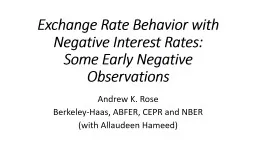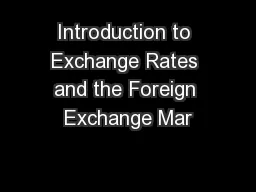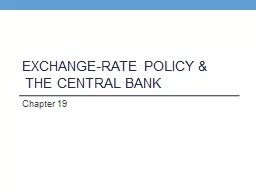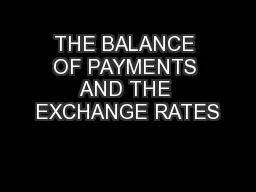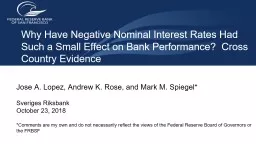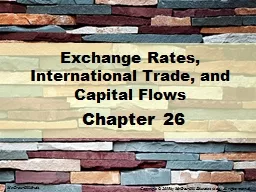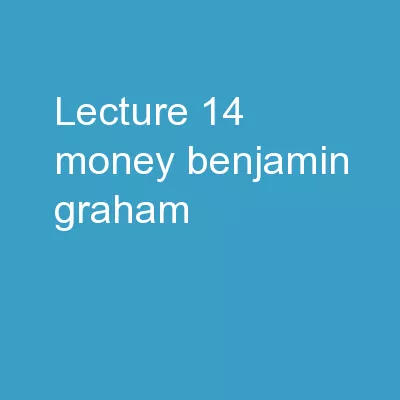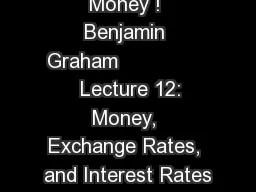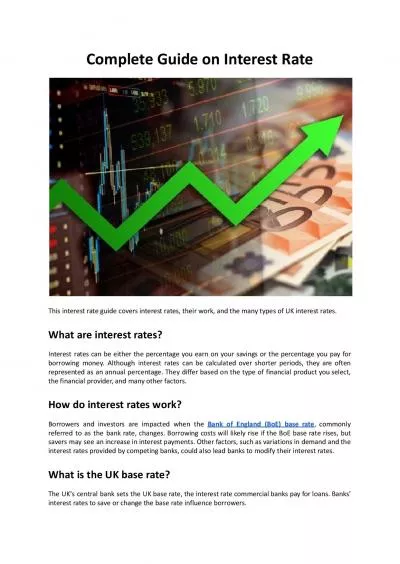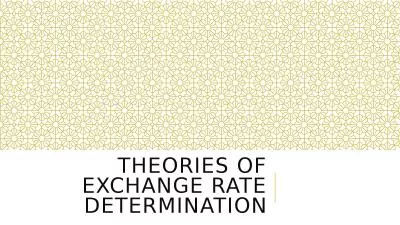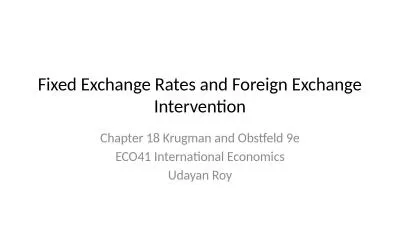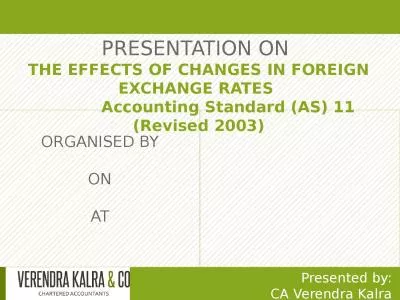PPT-Exchange Rate Behavior with Negative Interest Rates:
Author : calandra-battersby | Published Date : 2017-05-21
Some Early Negative Observations Andrew K Rose BerkeleyHaas ABFER CEPR and NBER with Allaudeen Hameed Motivation In last decade five economies experienced nontrivial
Presentation Embed Code
Download Presentation
Download Presentation The PPT/PDF document "Exchange Rate Behavior with Negative Int..." is the property of its rightful owner. Permission is granted to download and print the materials on this website for personal, non-commercial use only, and to display it on your personal computer provided you do not modify the materials and that you retain all copyright notices contained in the materials. By downloading content from our website, you accept the terms of this agreement.
Exchange Rate Behavior with Negative Interest Rates:: Transcript
Download Rules Of Document
"Exchange Rate Behavior with Negative Interest Rates:"The content belongs to its owner. You may download and print it for personal use, without modification, and keep all copyright notices. By downloading, you agree to these terms.
Related Documents

